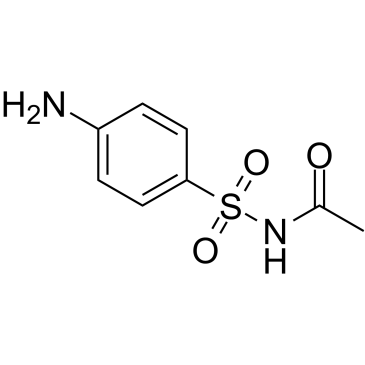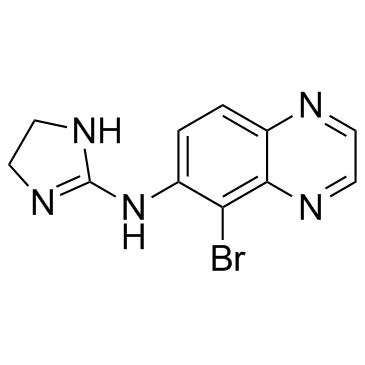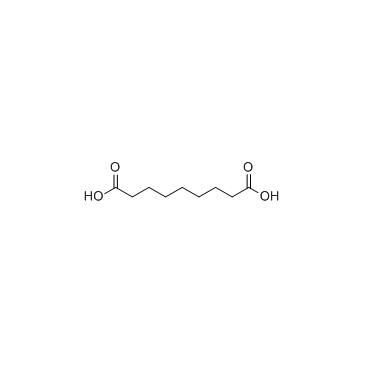| Structure | Name/CAS No. | Articles |
|---|---|---|
 |
sulfacetamide
CAS:144-80-9 |
|
 |
Sulfacetamide sodium
CAS:6209-17-2 |
|
 |
Brimonidine
CAS:59803-98-4 |
|
 |
Azelaic acid
CAS:123-99-9 |